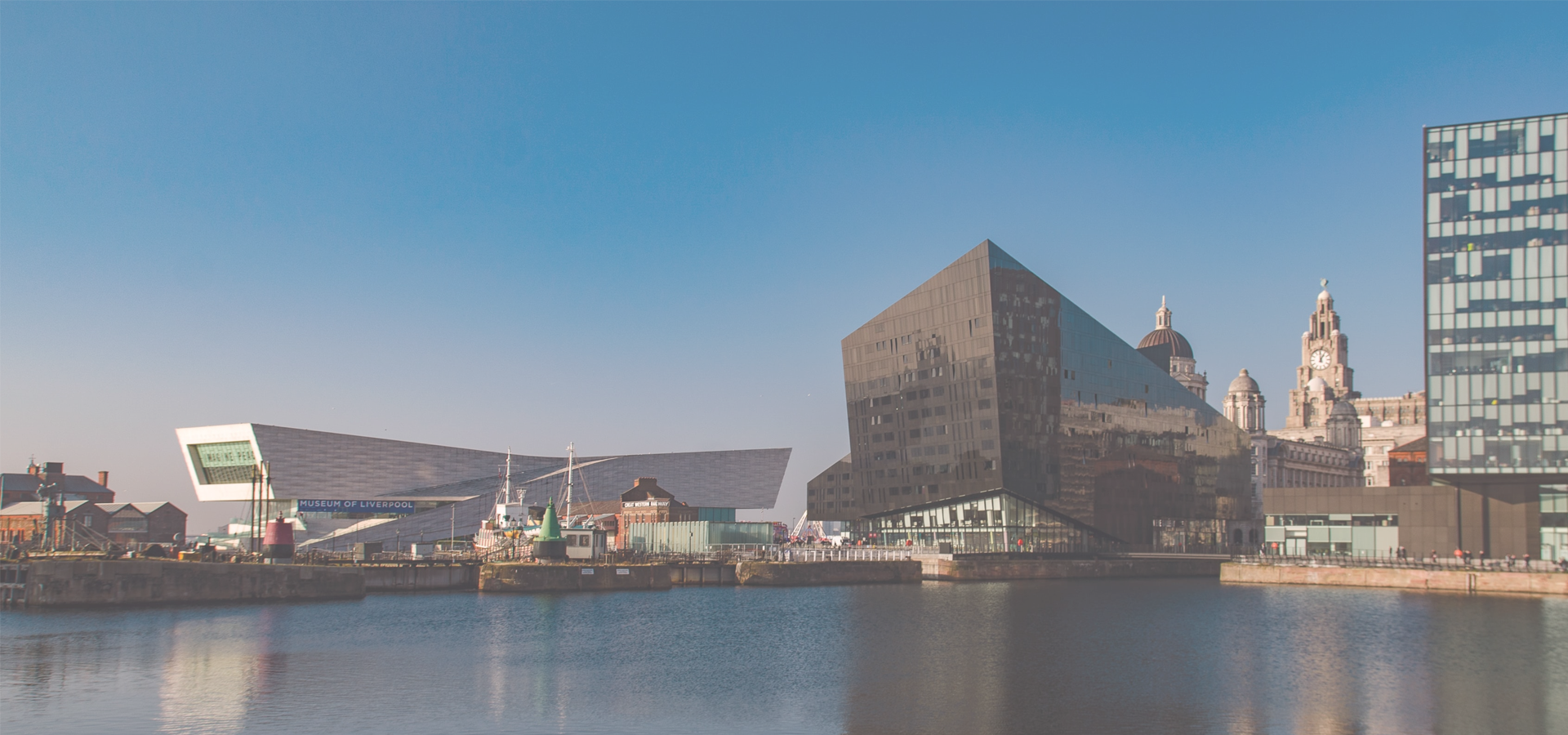🏴 Architect Harry Lawrence Dighton Pearson is associated with Walton. He was elected a Fellow of the Royal Institute of British Architects (FRIBA) in 1907.
Walton, Liverpool, England, United Kingdom
🏴 Walton is an area of Liverpool, England, north of Anfield and east of Bootle and Orrell Park. Historically in Lancashire, it is largely residential, with a diverse population.
The name may derive from the same origin as Wales. The incoming Saxons called the earlier native inhabitants (the Celtic Britons) Walas or Wealas, meaning "foreigner". Another possible etymology is Wald tun, Old English for "Forest Town".
Walton's recorded history starts with the death of Edward the Confessor, when Winestan held the manor of Walton. After the Norman conquest of 1066, Roger of Poitou included Walton in the lands he gave to his sheriff, Godfrey.
In 1200, King John gave Walton to Richard de Meath, who left it to his brother, Henry de Walton. Henry's son William inherited the land, but died before his son Richard was of age, so Richard was made a ward of Nicholas de la Hose by the Earl of Derby and the estate was managed by nobles outside the family for a time.
Walton was then held by the de Walton family until Roger de Walton's death in the 15th century, when it was split through marriage between the Crosse, Chorley and Fazakerley families. Walton Manor later passed through the Breres and Atherton families until it was sold in 1804 to Liverpool banker Thomas Leyland. Some of the Walton land also passed to the Earl of Derby and the Sefton family.
Walton became part of Liverpool Borough Council in 1895.
Economy Moulded plastics company Dunlop had its UK head office and manufacturing plant on what is now the Cavendish Retail Park (off Rice Lane and opposite the former Walton Hospital) until the mid-1990s. In September 1980, a severe fire at the plant closed Rice Lane and residents were told to stay indoors due to hazardous atmospheric pollution. The fire caused so much damage that the plant had to be demolished, and only part of the site remained until its closure. The building used as the main headquarters was left abandoned for many years until a Chinese restaurant was opened in the late 1990s on the site. The last remaining plant, on Cavendish Drive, was demolished in 2004 to make way for a housing estate.
Transport Walton is connected to Liverpool City Centre via the A59 and the A580 (East Lancashire Road).
There are two railway stations in Walton on the Northern Line of the Merseyrail network. Rice Lane railway station (formerly Preston Road) is on the Kirkby branch and Walton railway station (formerly Walton Junction) is on the Ormskirk branch.
The North Liverpool Extension Line, still in use until the 1970s, included Warbreck railway station in Walton Vale and Spellow railway station, on the Canada Dock Branch near Spellow Lane. Warbreck railway station is no longer in use, and the only remains are on a bicycle path underneath the shops. The path itself is part of the Trans Pennine Trail. Walton on the Hill railway station was by the Queens Drive flyover, on the Rice Lane side heading southbound. Though the railway station became disused in 1918, the line was used for transporting goods to Liverpool docks via the tunnel which runs through the Walton-Kirkdale area; this leads to Kirkdale railway station and on to Sandhills railway station. What is now a bike path behind the site of the Hartley's and Jacobs factory used to be Fazakerley Junction, a train depot used until the 1960s.
Landmarks Walton is home to Goodison Park football stadium, which was built in 1892 as the first purpose built football stadium in England and the home of Everton Football Club, who have remained there ever since; although little of the original stadium structure now exists. They had previously played at Anfield Stadium on the opposite side of Stanley Park, which then became the home of Liverpool Football Club.
Europe/London/Liverpool

The Liverpool City has a population of over 498,042 people. It is also a part of the larger Merseyside area.
-
Harry Lawrence Dighton Pearson |
-
Ernest Gee |
🏴 Architect/Furniture Designer Ernest Gee is associated with Walton. He practised as an architect in Liverpool with Edgar Quiggin (1880-1950) as Quiggin and Gee.
-
Charles Ernest Deacon |
🏴 Architect Charles Ernest Deacon is associated with Walton. He was elected a Fellow of the Royal Institute of British Architects (FRIBA) in 1891.
See Also: 🇬🇧 Walton, Leeds, England, United Kingdom | 🇺🇸 Walton, New York, United States | 🇬🇧 Walton, Surrey, England, United Kingdom | 🇬🇧 Walton Heath, Surrey, England, United Kingdom | 🇬🇧 Walton on Thames, Surrey, England, United Kingdom | 🇬🇧 Walton on the Hill, Surrey, England, United Kingdom | 🇬🇧 Walton-on-Thames, Surrey, England, United Kingdom | 🇬🇧 Walton-on-the-Hill, Surrey, England, United Kingdom